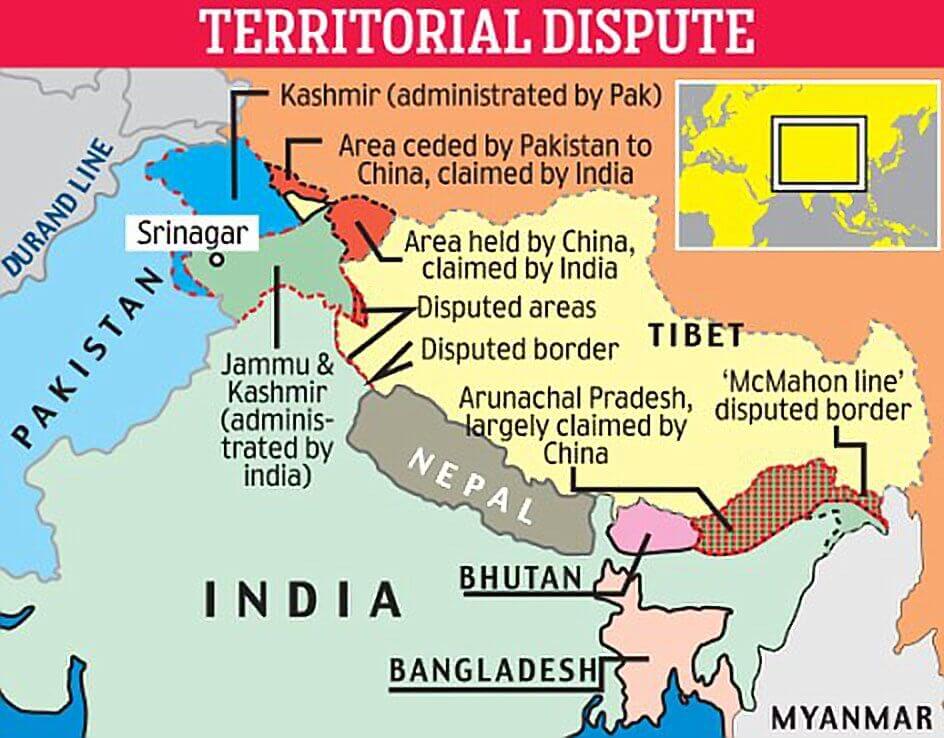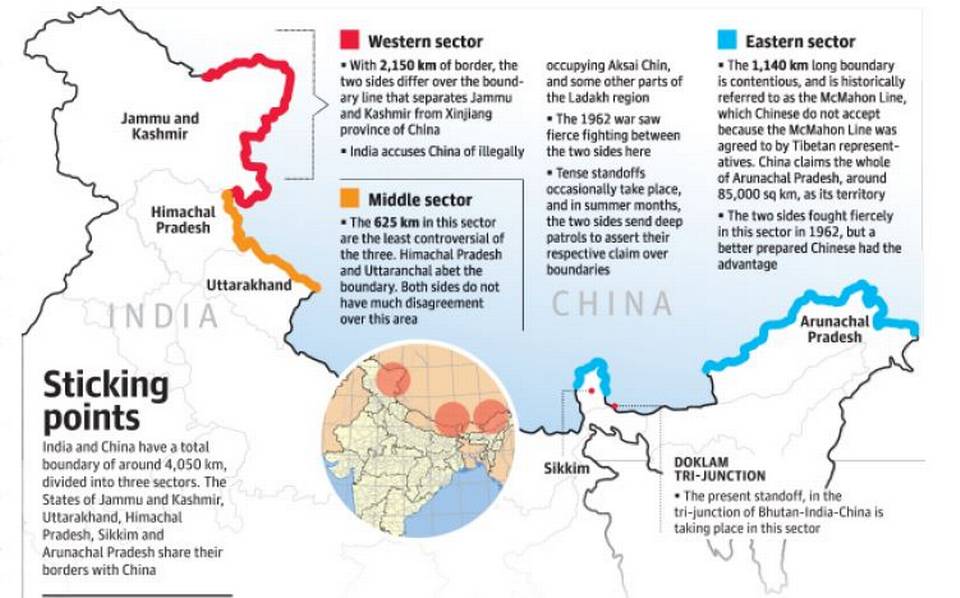
Posted on 08/23/2019 12:21:03 PM PDT by SeekAndFind
India’s Bharatiya Janata Party-led government realised a long-standing aspiration of its followers and ideological fellow travellers on August 5.
By announcing it would abrogate Article 370 of the Indian constitution, thereby ending special status for the state of Jammu and Kashmir, Delhi moved to consolidate its control over this region.
Indian Prime Minister Narendra Modi and his right-hand man and home minister, Amit Shah, had cashed in on the massive electoral mandate the party had won in general elections earlier this year.
While the government’s move has won favour among both supporters and some opposition parties in India, it has opened a geopolitical Pandora’s box.
Pakistan, which claims the entirety of India-administered Kashmir as its own territory, has protested and downgraded its diplomatic ties.
Islamabad’s retaliatory actions are expected to continue and may spill into increased clashes along the sensitive Line of Control, which demarcates the Pakistani-administered portion of Kashmir from the Indian section.
But while most international attention remains focused on how Pakistan will play its cards next, China’s role in Kashmir has been relatively neglected.
India, along with Bhutan, is one of just two countries that have yet to settle their land borders with China.
Delhi’s move in Kashmir is likely to complicate future talks on finalising the border between India and China.
The Chinese Ministry of Foreign Affairs, after more than half a day of silencer, condemned India’s actions.
“China is always opposed to India’s inclusion of the Chinese territory in the western sector of the China-India boundary into its administrative jurisdiction,” Chinese Foreign Ministry spokeswoman Hua Chunying said in a statement.
She added that India “continued to undermine China’s territorial sovereignty by unilaterally changing its domestic law,” in an apparent reference to Delhi’s move on Article 370.
The accusation that a change in Indian law could affect China’s sovereignty was particularly bold – especially given Beijing’s own use of domestic law to strong-arm claimant states in the disputed South China Sea.
In any case, China continues to administer the large Kashmiri region of Aksai Chin, which sits just east of India-administered Ladakh, an area in northwestern India that will come under New Delhi’s direct rule as a result of the changes.
Ladakh used to be part of the erstwhile Indian state of Jammu and Kashmir, which no longer exists, but will be succeeded by a new so-called union territory with the same name.
India’s consolidation of autonomy over Ladakh – and by extension Aksai Chin – will set up a new challenge as the two countries continue a dialogue on the border dispute. The 22nd round of that process should take place later this year.
For years, even as New Delhi and Beijing had temporary crises along their border, including the 2017 stand-off over an obscure patch of Bhutanese territory known as Doklam, their dialogue has mostly continued.
While no final resolution of the border dispute was imminent, the two sides were heading toward a crystallisation of the old status quo, with India likely making concessions on Aksai Chin, and China on the eastern Indian state of Arunachal Pradesh.
However, with India’s abrogation of Article 370, Beijing may find itself toeing an uncompromising line on the border – taking what is certain to be a less compromising stance than before.
In particular, China’s claim over Tawang, a town in Arunachal Pradesh, is likely to harden as a result of India’s reorganisation of Ladakh.
Moreover, Tawang’s prominence in the border dispute may take on special importance should the Dalai Lama die, setting up a succession crisis between a Beijing-anointed successor and a legitimate successor outside Tibet.
In the near term, we may also expect Beijing to push the envelope along the Line of Actual Control (LoAC) – the demarcation separating Indian-administered areas from Chinese-administered ones.
While a redux of the Doklam stand-off of 2017 may be unlikely, Chinese crossings of the LoAC in Ladakh may increase to protest against India’s actions.
With its move on article 370, India will have to concern itself with both of its disgruntled neighbours.
While the situation with Pakistan will remain more acute in the coming days, India just made the task of finding a lasting solution to the border dispute with China a lot more complicated.


India and USA are natural allies
And if they all kill each other? Something tells me it’s the left that thinks there are too many people on the planet.
Not compricated, Nuke it from orbit
“India and USA are natural allies”
Why?
Both face threats from radical Islam and growing China. No immediate strategic rivalries, both generally democratic in nature
Disclaimer: Opinions posted on Free Republic are those of the individual posters and do not necessarily represent the opinion of Free Republic or its management. All materials posted herein are protected by copyright law and the exemption for fair use of copyrighted works.